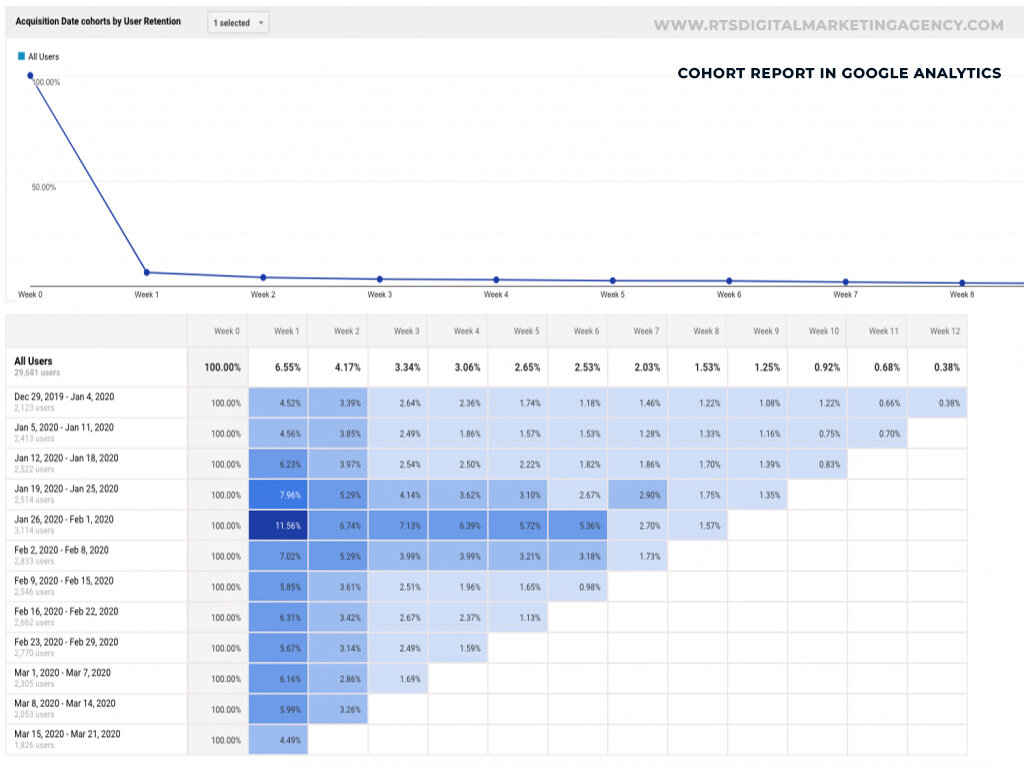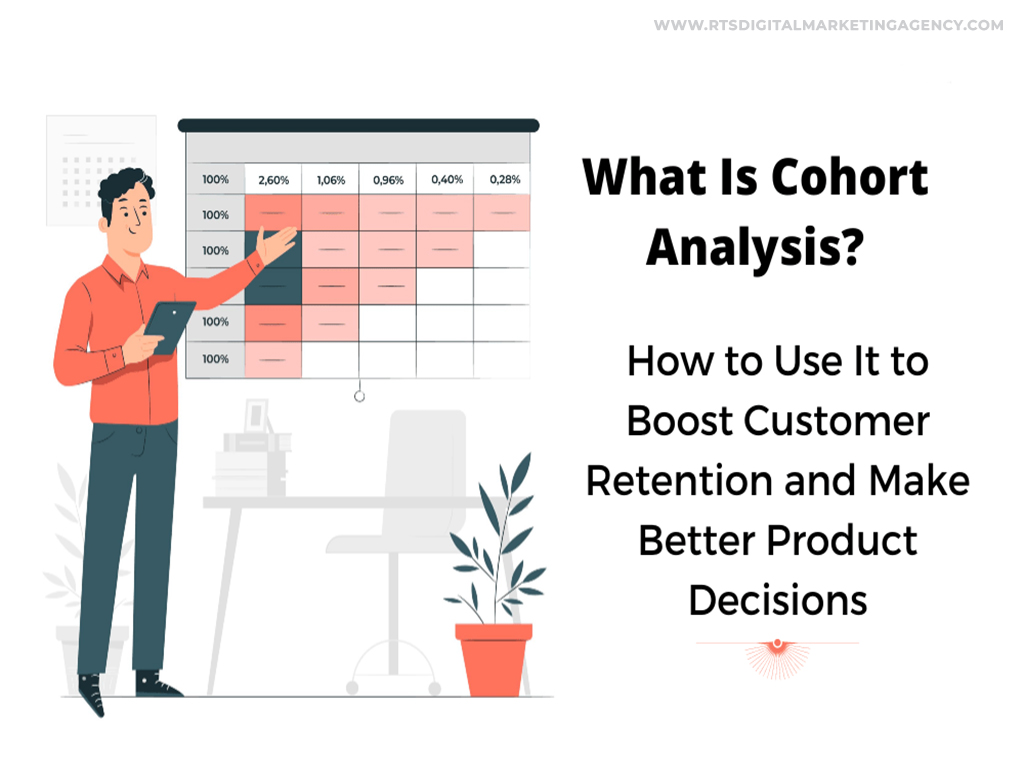In the ever-evolving landscape of business analytics, understanding customer behavior and making data-driven decisions are paramount for success. Cohort analysis is a powerful tool that helps businesses gain deeper insights into their customer base, enabling them to make informed strategic choices. In this article, we will explore what cohort analysis is, how it works, and how it can be applied to drive growth and enhance customer satisfaction.
What is Cohort Analysis?
Cohort analysis is a statistical technique used to group and study a set of individuals who share a common characteristic or experience within a defined time frame. These groups, known as cohorts, can be based on a wide range of factors, including the date of first purchase, acquisition channel, geographic location, product usage, or any other relevant criteria. The goal is to track and compare the behavior and performance of these cohorts over time.
How Does Cohort Analysis Work?
Cohort analysis typically involves the following steps:
Cohort Creation: The first step is to create cohorts based on a chosen criterion. For example, if you run an e-commerce store, you might create cohorts based on the month of the first purchase. Each cohort represents a group of customers who made their first purchase in the same month.
Data Collection: Gather relevant data, such as customer transactions, engagement metrics, or other performance indicators, over a specified time period. This data should be organized in a way that allows you to analyze each cohort separately.
Comparison and Visualization: Once the data is collected, cohort analysis involves comparing and visualizing the performance of each cohort over time. This can be done through various charts and graphs, such as line charts, bar charts, or heatmaps.
Interpretation: Analyze the results to identify patterns and trends. Look for differences in behavior or performance between cohorts. For example, do customers from different acquisition months have varying retention rates or average order values?

Applications of Cohort Analysis
Customer Retention: Cohort analysis is exceptionally useful for tracking customer retention rates. By comparing the retention rates of different cohorts, businesses can identify which customer segments are more likely to stick around and which may need additional attention.
Product Development: Cohort analysis can inform product development decisions by highlighting how different cohorts engage with new features or updates. This insight can guide developers in tailoring their efforts to meet the needs of specific customer segments.
Marketing Optimization: Businesses can optimize their marketing efforts by analyzing cohort data to determine which acquisition channels or campaigns are most effective in attracting and retaining valuable customers.
Revenue Analysis: Cohort analysis can reveal how different cohorts contribute to overall revenue. It helps in identifying high-value customer segments and devising strategies to increase their spending.
Customer Feedback: Cohort analysis can be used in conjunction with customer feedback to gain a comprehensive understanding of customer satisfaction. It allows businesses to address specific concerns within different cohorts.
Challenges of Cohort Analysis
While cohort analysis offers valuable insights, it comes with its own set of challenges:
Data Quality: Cohort analysis relies heavily on accurate and consistent data. Inaccurate data can lead to misleading insights.
Time and Resources: Analyzing multiple cohorts can be time-consuming and resource-intensive, especially for businesses with vast customer bases.
Complexity: Interpreting cohort data can be complex, requiring a good understanding of statistics and data analysis techniques.
Cohort analysis is a potent tool for businesses seeking to understand customer behavior, improve retention, and make data-driven decisions. By creating cohorts based on various criteria and analyzing their performance over time, organizations can uncover valuable insights that drive growth, enhance customer satisfaction, and guide strategic decisions. While cohort analysis may pose some challenges, the benefits of informed decision-making and improved customer experiences make it a valuable addition to any analytics toolkit.



